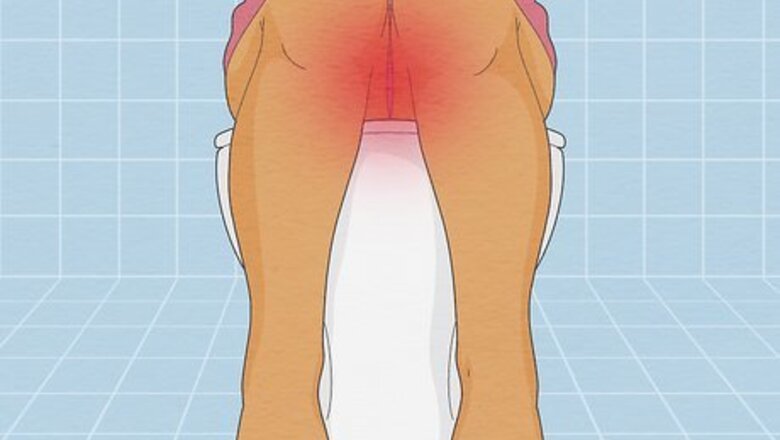
views
X
Research source
Although it’s a well-known Sexually Transmitted Infection (STI), this bacteria is very easy to treat and eliminate—the key is knowing what to look for. We’ve outlined all the common symptoms of chlamydia in women, so you can make the best, most informed decision about your sexual health.
- Vaginal discharge, pain during urination, pain during sex, and rectal pain and bleeding are all signs of chlamydia.
- Back and pelvic pain, a sore throat, a fever, and mild nausea can also be signs of chlamydia.
- Get tested for chlamydia at your local health clinic before you experience symptoms.
- Treat chlamydia as soon as possible with oral antibiotics. To prevent it in the future, use condoms or dental dams whenever you’re sexually intimate with someone.
Common Genital Symptoms
Vaginal dischargeOccasional vaginal discharge is perfectly normal, as long as its clear, opaque, or off-white and not giving off a weird smell. If your vaginal discharge smells distinctly bad and has an obvious yellow, gray, or white tint, it could be a sign of chlamydia. Bloody discharge/spotting when it’s not your period could also be a sign of chlamydia. You may notice this bleeding specifically happening after sex.
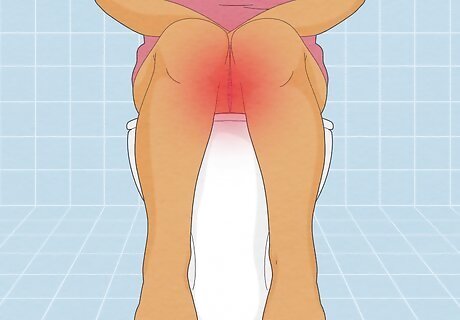
Pain during urination and/or sexWomen fighting a chlamydia infection sometimes experience a burning feeling while they pee. They may also feel a lot of pain and discomfort while they’re being sexually intimate with their partners. If you feel pain or discomfort during sex, put things on pause until you can get tested and checked out by a doctor.

Rectal pain, bleeding, or dischargeUncomfortable bowel movements, mucus-rich stool, redness, and discharge are all signs of a rectum-based chlamydia infection. The discharge itself may resemble mucus.
Other Bodily Symptoms
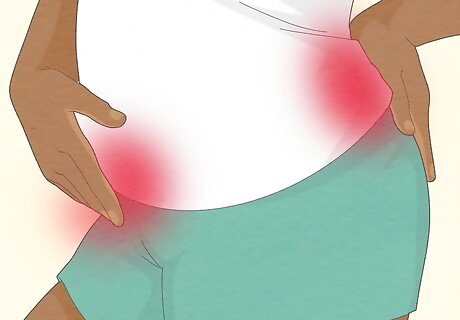
Lower back and lower abdominal painIf the chlamydia infection reaches the fallopian tubes (the tubes that connect the uterus and ovaries), you might experience pain in your lower back and lower abdomen. A fever or nausea can also accompany these symptoms. Keep in mind that back pain, abdominal pain, nausea, and fever are associated with a lot of different illness, so they aren’t undeniable proof of chlamydia. For instance, colds, the flu, mononucleosis, bronchitis, and UTIs are just a few common fever causes. Headaches, dizziness, allergies, anxiety, and many, many other issues can cause nausea.
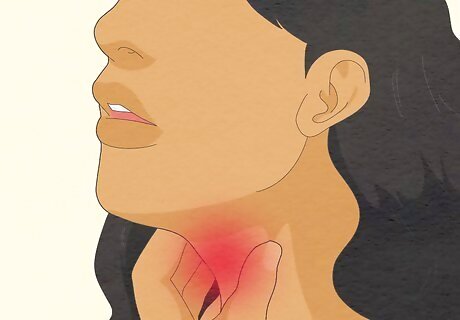
Sore throatChlamydia infections can flare up in the throat if you’ve recently had oral sex. However, most people don’t detect any symptoms with throat-based chlamydia infections. Even if you do have a sore throat, it doesn’t necessarily mean you have chlamydia—the cold, the flu, allergies, and many other factors can cause it.

Pink eyeIf infected semen or vaginal fluid gets in your eye, it can lead to conjunctivitis (pink eye). Redness, itchiness, and crusty discharge are all routine symptoms of pink eye, but it’s best to get an official diagnosis from your doctor before you start treatment. In addition to bacteria (like chlamydia), viruses can also lead to pink eye.
Risk Factors, Treatment & Prevention
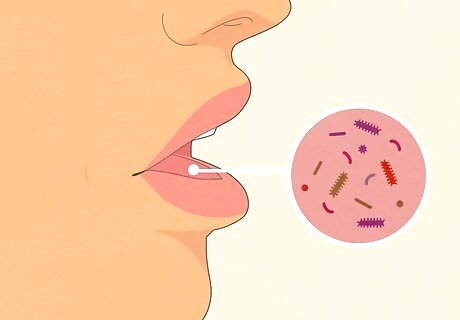
You might be at risk for chlamydia if you’ve had unprotected sex. Chlamydia only spreads through semen and vaginal fluids. So, if you’ve recently had any type of unprotected sex (regular intercourse, anal sex, oral sex, etc.), you could be at risk for infection. Sex toys can spread chlamydia if an infected individual uses them. Chlamydia is only spread through sex. You can’t get infected via kisses, sneezes, coughs, or sweat. You also won’t catch chlamydia by using a public restroom or by sharing a beverage or meal with someone who has chlamydia.
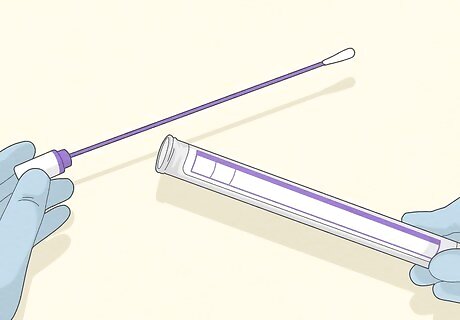
Get tested for chlamydia to get an official diagnosis. Many people don’t notice any physical symptoms after getting infected with chlamydia. Because of this, it’s important to get tested if you (or your partner) recently had sex without protection, if your condom broke during sex, or if you just want to be on the safe side. To get started, stop by your doctor’s office or a local health clinic—the testing process typically involves a urine sample and/or a swab of your genitals. Give the doctor a brief run-down about your sex life so they know where to test. If you engage in anal and oral sex as well as intercourse, they might want to swab your throat and rectum as well as your genitals. Always get tested for STIs (including chlamydia) before you start getting intimate with a new partner.
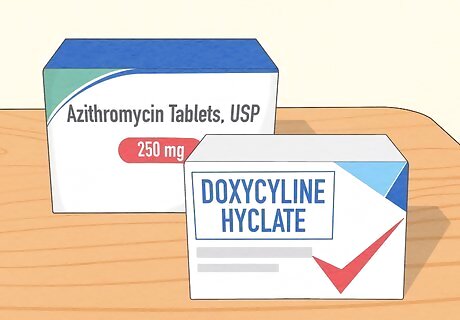
Take antibiotics to treat the chlamydia. Chlamydia is a bacterial infection, which means it can be easily cleared away with a round of antibiotics. After testing, a doctor will give you a prescription for antibiotics—this might be azithromycin, which is taken just once, or doxycycline, which is taken for a full week. Follow the dosage instructions carefully to make sure the infection completely goes away. Once you’ve completed your antibiotic treatment, wait at least 1 week before getting sexually intimate again.
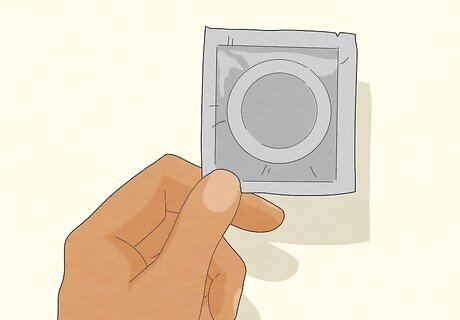
Prevent future chlamydia infections by practicing safe sex. Abstinence is the best, most foolproof way to avoid getting chlamydia in the future, but it’s not your only option. Make sure that your or your partner uses a condom whenever you have sex—this greatly lowers your risk of catching or spreading STIs like chlamydia. Stay safe during oral sex by using a dental dam.



















Comments
0 comment